Let’s begin with a short story…
One sunny afternoon, a young student named Emma arrived at Ms. Smith’s door. Her face bore an expression of pure joy, her eyes were attentive, and her heart was set solely on the desire to learn the piano. She carried with her a sense of purpose that radiated like a beacon.
With a twinkle in her eye, Emma took her seat on the cushioned bench, her posture perfect, her fingers poised above the keys. She didn’t have a smartphone in her pocket, nor did she harbor thoughts of anything else but the music she was about to create.
Time seemed to stand still as Emma’s fingers danced on the keys, creating melodies that resonated with her soul. The music enveloped her, and she felt as though the piano and she were engaged in an intimate conversation, sharing secrets and emotions.
As the lesson drew to a close, Emma and her teacher couldn’t help but smile. She left Ms. Smith’s studio with a heart filled with the satisfaction of a day well-spent in the pursuit of her passion. In that perfect world of music, distractions had no place, and the only thing that mattered was the shared journey of student and teacher toward the harmonious symphony of knowledge and skill.
Awwwww… doesn’t that lesson sound just about perfect? While we might be lucky enough to experience some lessons like this every once in a while, chances are pretty good that a perfect lesson isn’t the norm. In the normal world, distractions are present. Students walk into the door sometimes tired, unfocused, distracted and stressed. Even our best students have their off days. Queue in brain breaks…
What are Brain Breaks?
Brain breaks are short activities that provide students an opportunity to recharge and refocus their minds, allowing them to approach the lesson with renewed energy and focus. Brain breaks can boost creativity and problem-solving skills, reduce stress and create a positive learning environment. These activities can be as simple as a quick exercise, a fun game, or a relaxation technique. Their purpose is to give our brains a break from intense mental activity, allowing them to rest and reset.
Benefits of Brain Break Activities
There are so many benefits for incorporating brain break activities into our lessons. I’d like to touch on 3 main benefits…
Increased Focus and Concentration
Regular brain breaks during lessons can enhance cognitive function by giving our students time to rest and reset. When students engage in brain break activities, their minds can relax, leading to improved attention span, better memory retention, and enhanced problem-solving skills. Just a few minutes of taking a break can make a significant difference in their ability to concentrate and stay focused through the rest of their lesson.
Boost Creativity
I am a big advocate for short daily naps. Averaging about 20 minutes, the naps allow my brain to rest, which in turn sparks creativity. When creative ideas come to me, 99% of the time it is when I’m laying down. I sometimes joke that I need to be in a horizontal position to think clearly. Now I’m not saying we should take a short nap during a lesson (though some students may enjoy that idea), but we could do a brain break!
Brain breaks give our students the opportunity to let their minds wander and think creatively. When they step away from the usual tasks and engage in enjoyable activities, we are creating a space for new ideas to emerge.
Reduced Stress Levels
One of the most significant benefits of brain break activities is their ability to reduce stress. Taking regular breaks throughout the day helps lower cortisol levels, the hormone associated with stress. I know when I personally start to feel stressed, my mind can’t concentrate on the task at hand. Walking away from whatever I might be doing at that time, helps my mind to relax.
This can be the same for our students. Engaging in enjoyable and relaxing activities promotes relaxation and overall well-being. By incorporating brain breaks into our lessons, we can help reduce the negative impact of stress that might be going on.

Types of Brain Break Activities
Now that we know the benefits of brain break activities, what are some types of activities we can do with our students that wouldn’t take up valuable lesson time?
Physical Brain Breaks
Physical brain breaks involve activities that get our bodies moving. These can include simple stretching exercises or a quick dance party! Interactive rhythm exercises, such as clapping, stomping, body beats, or playing percussion instruments, are also fantastic brain break options. Not only do they provide a break from instruction, but they also engage students in a fun and interactive way that reinforces musical concepts.
I’ve always wanted to purchase a small indoor trampoline* for my studio for a fun brain break activity! It would be easy to incorporate some quick rhythm “jumping” activities. Physical brain breaks such as these can increase blood flow to the brain, improving energy levels and alertness.
*affiliate link
Mental Brain Breaks
Mental brain breaks involve activities that stimulate our cognitive abilities. Doing puzzles, playing quick games, solving music riddles, improvising, and guessing melodies can be enjoyable activities that can challenge students’ brains and keep them alert. Mental brain breaks can improve problem-solving skills, create lightbulb moments, increase mental agility, and provide a refreshing break from lesson routine. Mental brain breaks not only boost cognitive abilities but also provide a sense of accomplishment and satisfaction.
Relaxation Brain Breaks
Relaxation brain breaks involve activities that promote relaxation and restore mental clarity.
Practicing mindfulness techniques, such as deep breathing exercises, can help students find inner calm and reduce anxiety. Listen to a short piece of relaxing or uplifting music. This can help students relax their minds and refocus their attention, creating a calm and rejuvenating atmosphere, so they are able to continue.
Relaxation activities allow us to disconnect from the external world, rejuvenate our minds, and return to our tasks with renewed focus and energy. Incorporating relaxation brain breaks into our routines can have a profound impact on our students overall well-being.
Taking Action
By incorporating brain breaks in our lessons, we are giving our students the opportunity to rest, reset, and recharge. Whether it’s engaging in physical activities, stimulating cognitive abilities, or practicing relaxation techniques, brain breaks offer numerous benefits. Our students can increase their focus, boost their creativity, reduce stress levels, and ultimately achieve a more enjoyable and productive lesson.
Want more Music Brain Break activity ideas?
Check out Music Brain Breaks and Music Brain Breaks for Older Students or grab them both in the bundle!
PIN FOR LATER

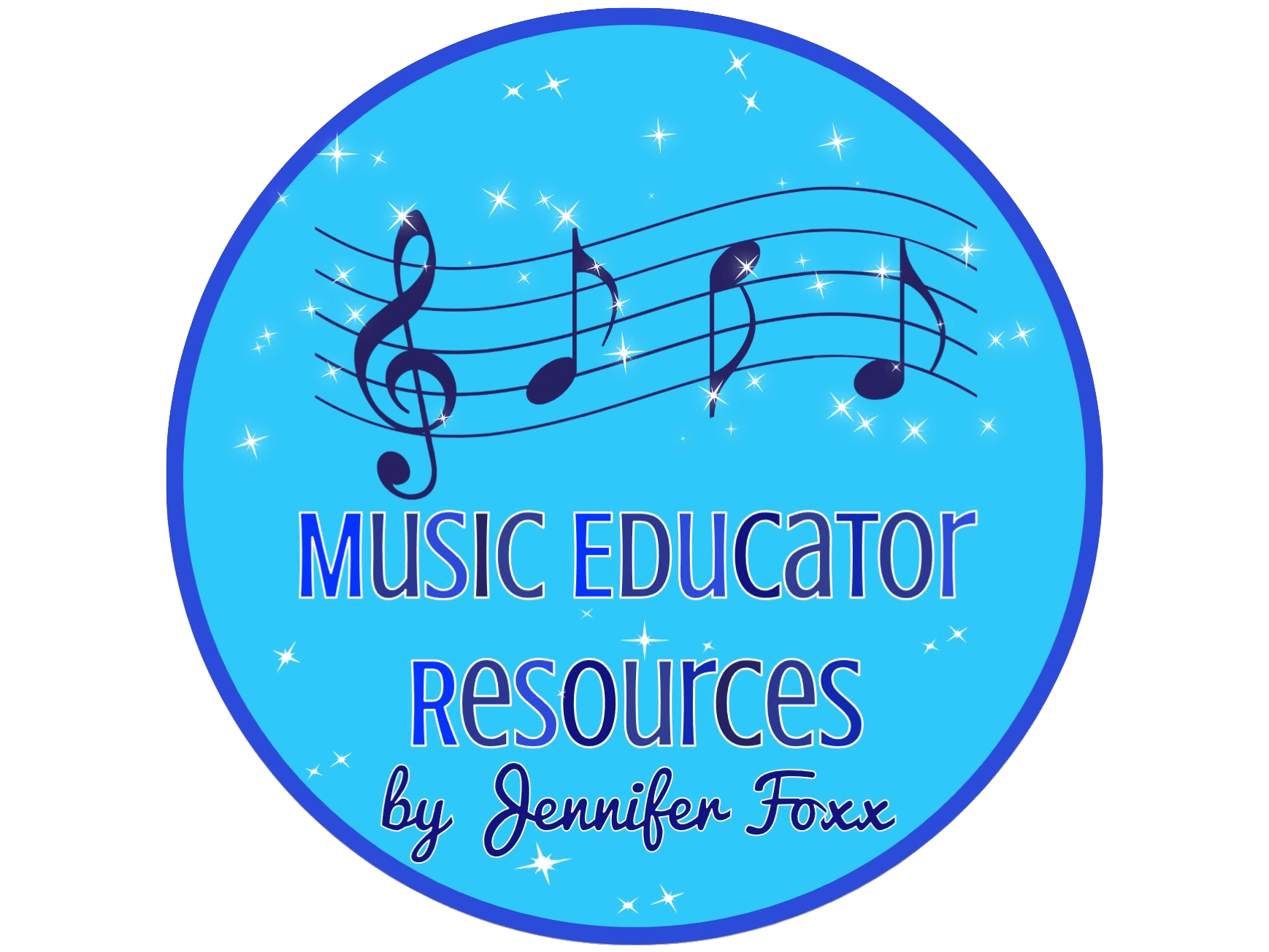

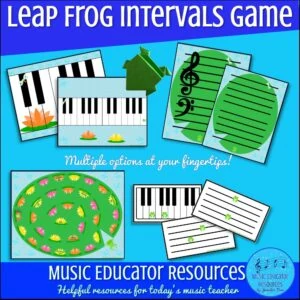

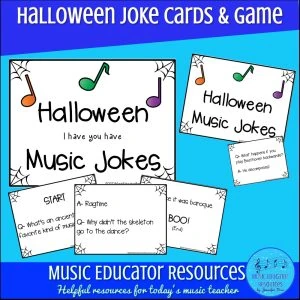
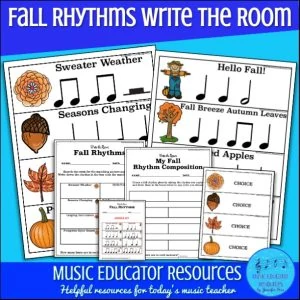
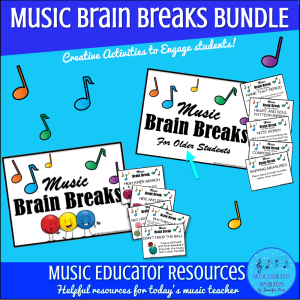

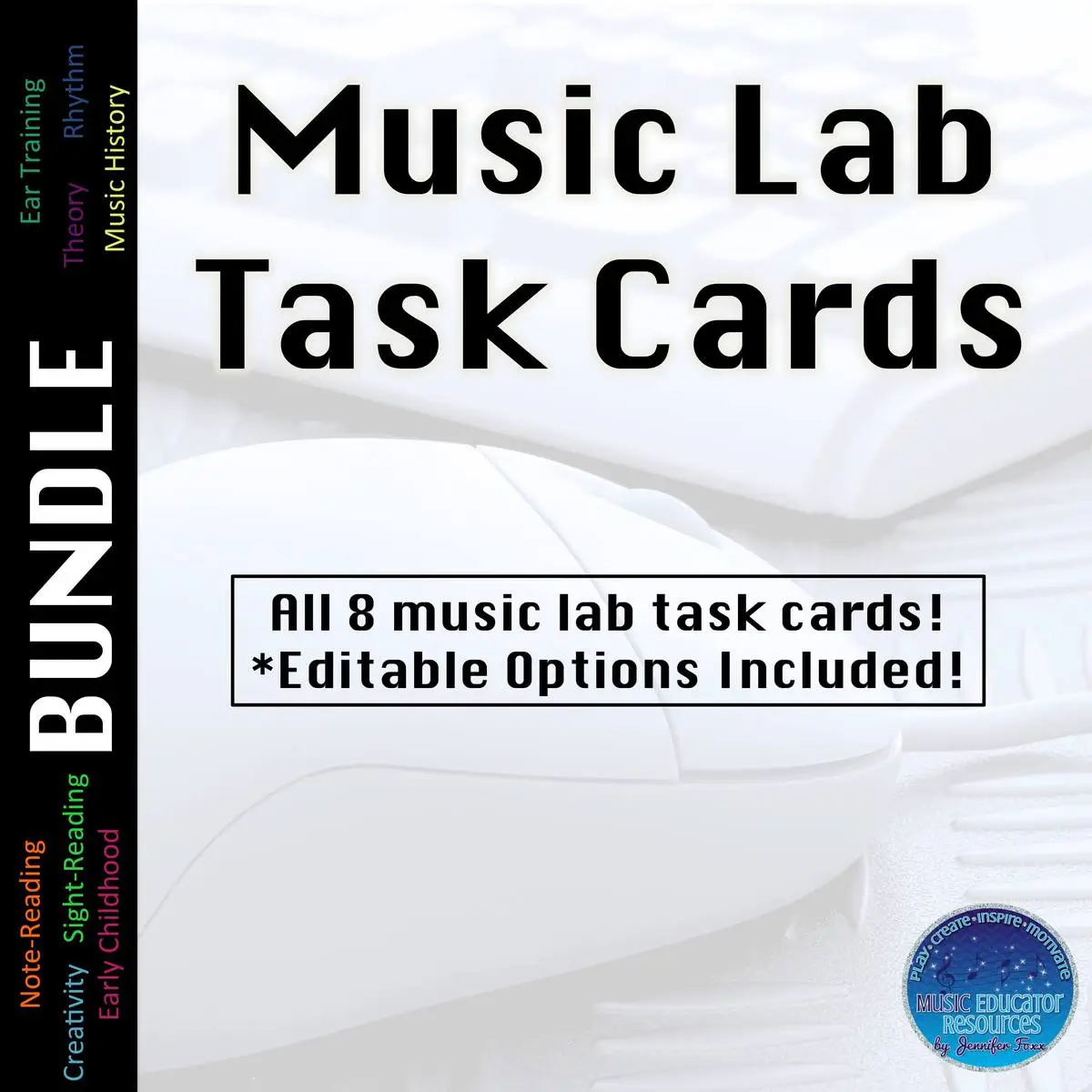
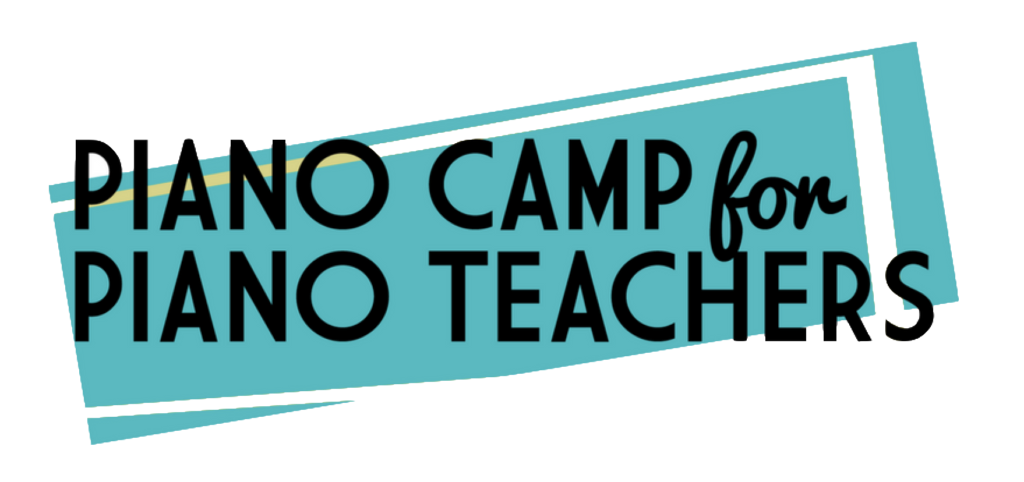


Thanks for sharing about Brain Breaks! I learned a lot about why they’re so important for students. The benefits, like better focus and less stress, make a lot of sense. I like that there are different types of brain breaks – physical, mental, and relaxation. The ideas for activities, especially the indoor trampoline, sound like they could be a lot of fun. Excited to try these out and share them with others to make lessons more positive and energetic! Cheers!
Glad you find it helpful! 🙂